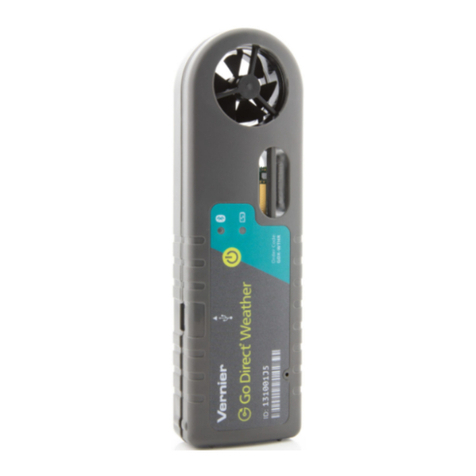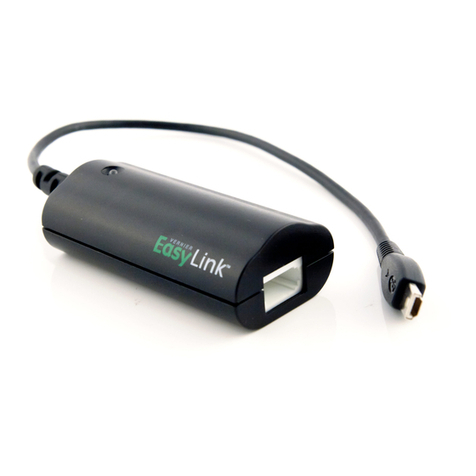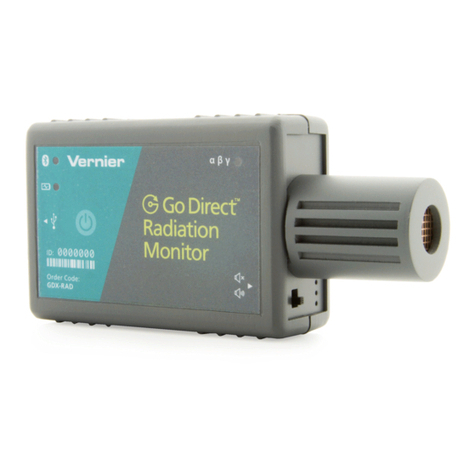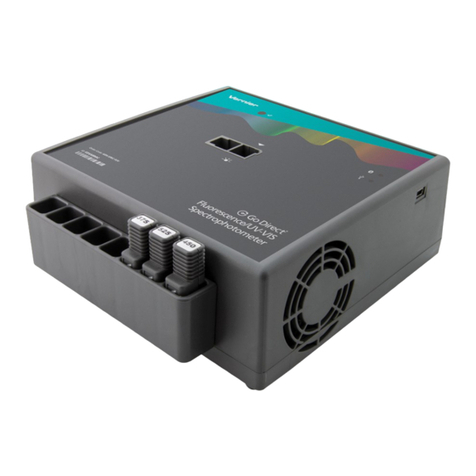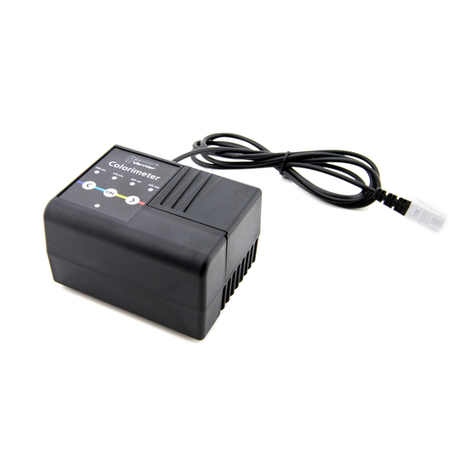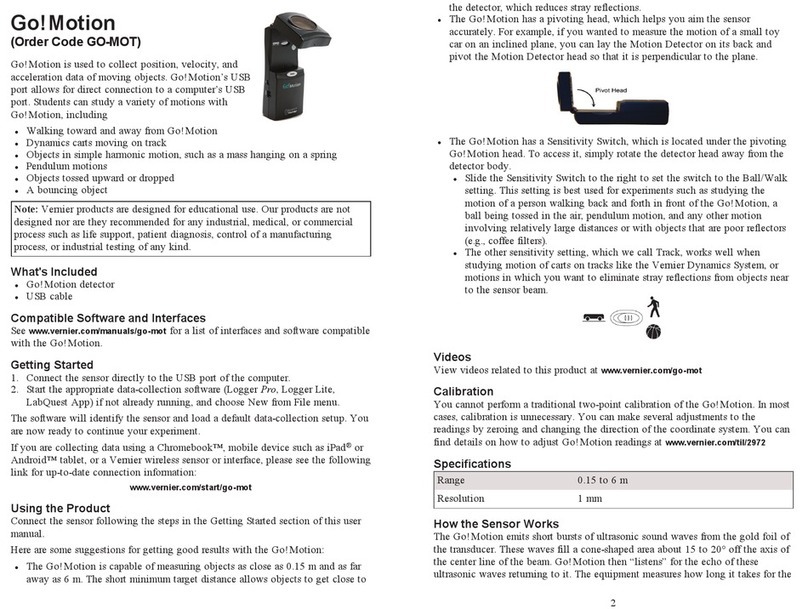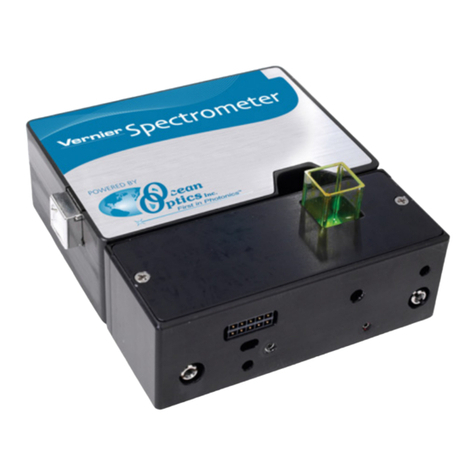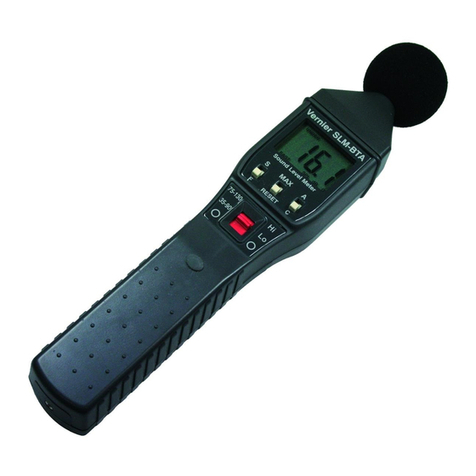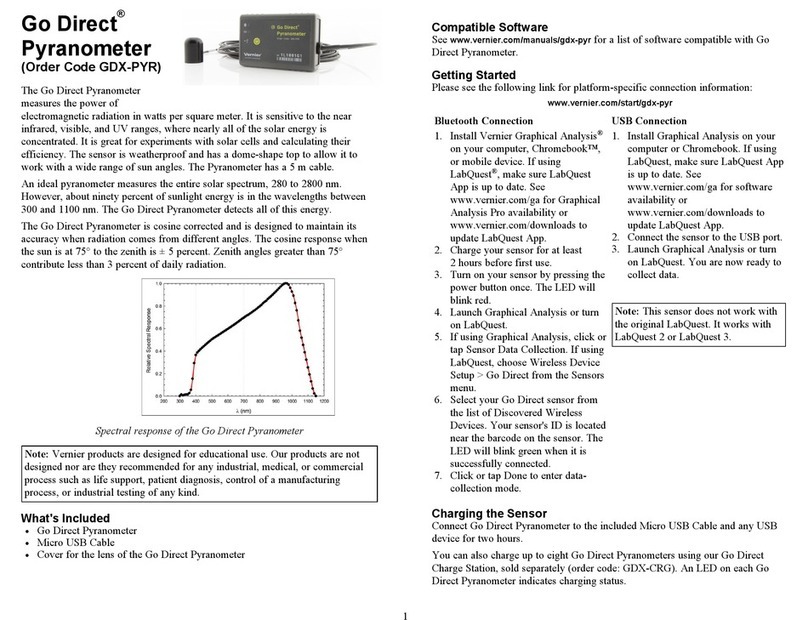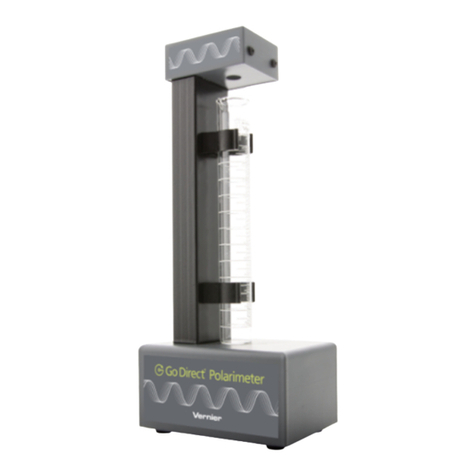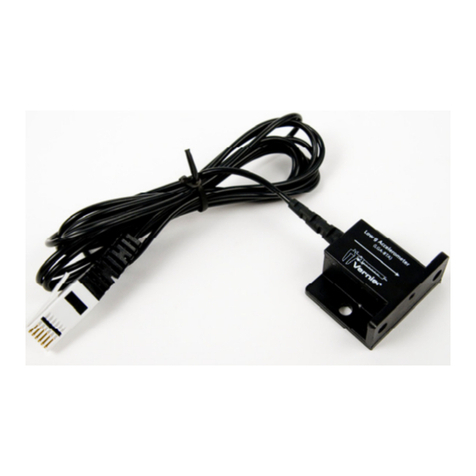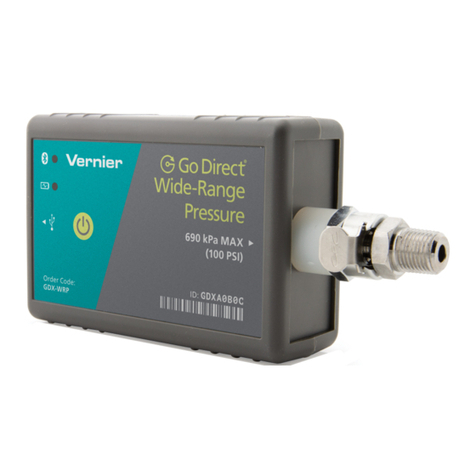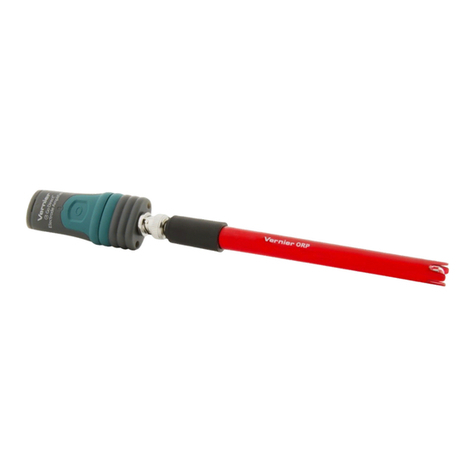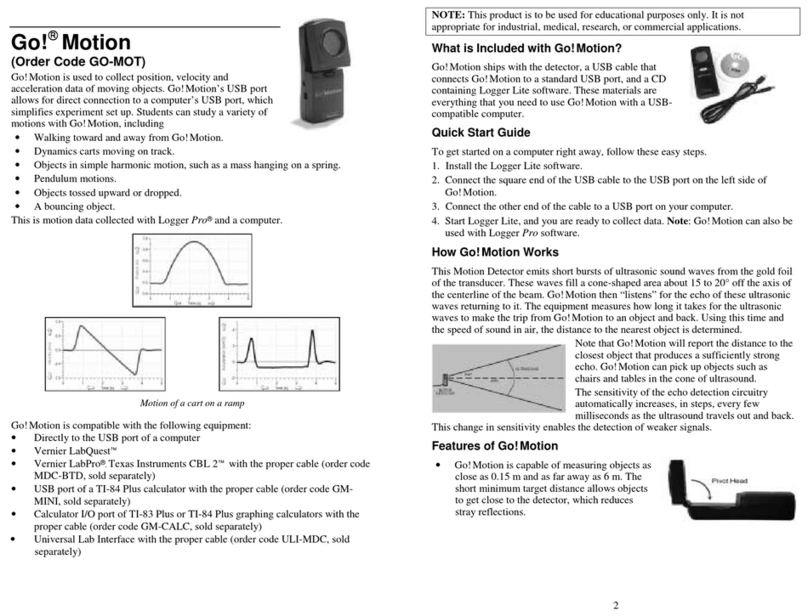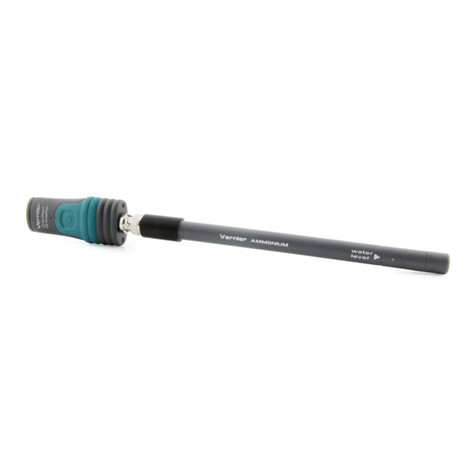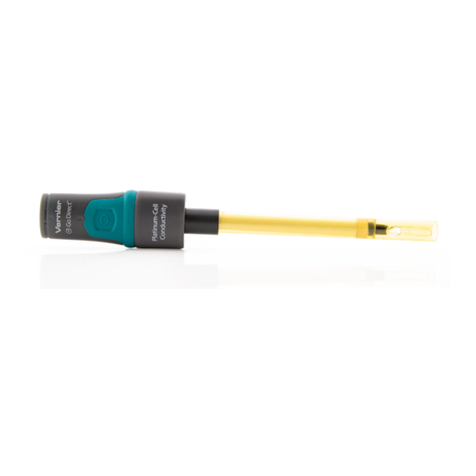
2
of NO3–as N. Here is the calculation for making a 100 mg/L NO3–as N
standard starting with solid NaNO3(as shown in Table 1). Notice that the
atomic weight of N, 14.0, is used instead of the atomic weight of NO3–, 62.0.
Unpolluted waters usually have nitrate-nitrogen (NO3–as N) levels below
1 mg/L. Nitrate-nitrogen levels above 10 mg/L are considered unsafe for
drinking water.
Test results are sometimes published in units of mg/L NO3–instead of NO3–as
N. To convert 100 mg/L NO3–as N to mg/L NO3–, you would perform this
conversion:
Sampling Freshwater Samples for Nitrate Concentration
For best results, calibrate the Nitrate ISE, using the 1 mg/L and 100 mg/L
standards.
How Can I Have My ISE Read mV Output Instead of mg/L?
The amplification equation is: V=0.00727*mV + 1.223
Therefore, the reverse amplification equation, solving for mV, would be:
mV = 137.55*V – 0.1682
Collecting Data
1. Make sure the sensor is properly calibrated. If the meter has a reading of
1.0 mg/L and the sensor is not in a 1.0 mg/L solution, you need to calibrate.
After calibration, rinse off the tip of the ISE and blot it dry with a paper
towel.
2. Insert the tip of the ISE into the aqueous sample to be tested. Important:
Make sure the ISE is not resting on the bottom of the container, the white
reference contacts near the tip of the electrode are immersed, and no air
bubbles are trapped below the ISE. Note: Do not completely submerge the
sensor. The handle is not waterproof.
3. Hold the ISE still until the reading stabilizes and record the displayed
reading. Note: With some aqueous samples, especially those at high
concentrations, it could take several minutes for the reading of the Nitrate
ISE to stabilize. If you know the approximate concentrations of your
samples, it is best to analyze them from lowest concentration to highest.
Using the Nitrate ISE with Other Vernier Sensors
Some combinations of sensors interfere with each other when placed in the same
solution. The degree of interference depends on many factors. For more
information, see www.vernier.com/til/638
on the bottom of the container, the white reference contacts near the tip of
the electrode are immersed, and no air bubbles are trapped below the ISE.
7. Enter the concentration value for the Low Standard (e.g., 1for 1 mg/L).
8. After the voltage reading stabilizes, click .
9. To save the calibration to the sensor, follow the steps below:
a. Click the Calibration Storage tab at the top of the dialog box.
b. Click . Click .
c. Click to continue. Click to complete the process.
Calibrating the Nitrate ISE with LabQuest App
1. Connect the Nitrate ISE to LabQuest. Choose Calibrate from the Sensors
menu and select Calibrate Now.
2. High Standard Calibration Point: The Nitrate ISE should still be soaking
in the High Standard. The ISE should not rest on the bottom of the
container, and the small white reference contacts near the tip of the electrode
should be immersed. Make sure no air bubbles are trapped below the ISE.
3. Enter the concentration of the High Standard (e.g., 100 for 100 mg/L) for
Reading 1.
4. After the voltage reading stabilizes (~2 minutes), tap Keep.
5. Low Standard Calibration Point: Remove the ISE from the High Standard,
rinse well with distilled water, and gently blot the ISE dry with a paper
towel. Place the ISE into the Low Standard. Make sure the ISE is not resting
on the bottom of the container, the white reference contacts near the tip of
the electrode are immersed, and no air bubbles are trapped below the ISE.
6. Enter the concentration of the Low Standard (e.g., 1for 1 mg/L) for Reading
2.
7. After the voltage reading stabilizes, tap Keep.
8. To save the calibration to the sensor, follow the steps below:
a. Tap Storage.
b. Tap Save Calibration to Sensor. Tap OK.
c. Tap OK to complete the process.
Using the Product
Nitrate ions, NO3–, may be found in freshwater samples from a variety of
sources. Sewage is often the primary source. Sometimes nitrates are present due
to runoff from fertilized fields. Nitrates can also result from the runoff from cattle
feedlots and barnyards. In all of these cases, as plant and animal organisms die,
bacterial action breaks down the protein into ammonia, NH3. Some ammonia is
converted into ammonium ions, NH4+. Other bacterial action converts some of
the ammonia and ammonium ions into nitrite ions, NO2–, and then into nitrate
ions, NO3–.
Units of Nitrate Concentration
Nitrate ion concentration is usually expressed in units of mg/L of NO3–as N,
also known as “nitrate-nitrogen.” This means that the concentration of nitrate is
expressed as if the nitrate were only in the form of nitrogen itself. The standards
that are included with your Nitrate ISE have concentrations of 1 and 100 mg/L
